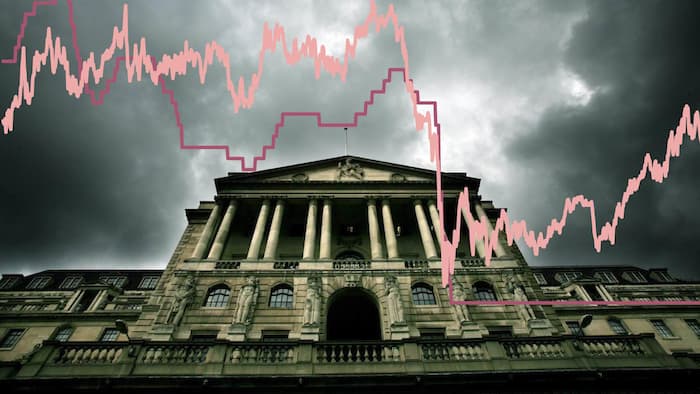Hedge fund wins big from betting on QE bond buying
Haidar borrows 5-10 times its capital to boost returns

by Miles Johnson for the Financial Times
A small New York hedge fund has generated double digit investment returns this year as it targets distortions in government debt markets caused by central bank bond buying.
Haidar Capital, a $300m fund, has been employing a highly leveraged trading strategy to take bets in advance on bonds that it believes the European Central Bank and Bank of England intends to buy.
Haidar has made 17 per cent this year in part by using this strategy, along with other complicated arbitrage trades based on betting against government debt in the United States and Europe. Such trading involves selling bonds ahead of auctions and then buying back large parts of the newly sold paper as a way of covering its position. The hedge fund typically borrows between five to 10 times its capital to boost its returns.
Funds such as Haidar Capital and Element Capital, also based in New York, have helped revive a strategy of trading around government debt auctions, which had fallen from favour following the crisis due to the amount of borrowed money needed to exploit tiny pricing inefficiencies. At times these funds account for as much as 10 per cent of the buying in US Treasury and European government bond auctions.
Said Haidar, founder of the fund, said his fund had used public information to identify the individual limits specific central banks have placed on how much of any one type of bond they can buy and then put on trades to profit from these limits.
“There are significant pricing distortions that are occurring and people are setting themselves up in advance for these trades,” he said. “In the UK the Bank of England has an ownership cap on how much of any one UK government bond it can own. Because it has already engaged in a fairly aggressive bond-buying programme it has already reached this limits in many bonds.”
His strategy has profited from taking positions in the remaining maturities that are still available for the bank to buy. “In one of the Bank’s baskets there are now only four out of seven bonds where they have not already reached the limit. So they are almost forced to buy the other three bonds, as they have no other choice unless they change their own rules.”
The Haidar Capital strategy is volatile, returning 35 per cent and 32 per cent in 2013 and 2014 but losing 21 per cent in 2015. The losses last year were caused by sharp movements in European debt following the European Central Bank meeting in December that disappointed market expectations for a greater amount of bond buying.
Mr Haidar said the amount of leverage that his fund could use had fallen since the crisis but that the strategy still required a significant amount of borrowed money to be profitable, something he argues is less risky due to the liquidity of government bonds.
“These sorts of fixed income relative value trades pre-crisis used to run anything from 20 to 50 times leverage,” he said. “After the crisis the amount of leverage went down as it was harder to get banks to provide it. Today it is more common for people to run about five to ten times leverage for these sorts of trades.”
Relative value trades using government bonds entered the popular consciousness in finance after the collapse of Long Term Capital Management in 1998, a highly leveraged hedge fund that employed, among others, the Nobel winning economists Myron Scholes and Robert Merton.
Original Article: Hedge fund wins big from betting on QE bond buying


